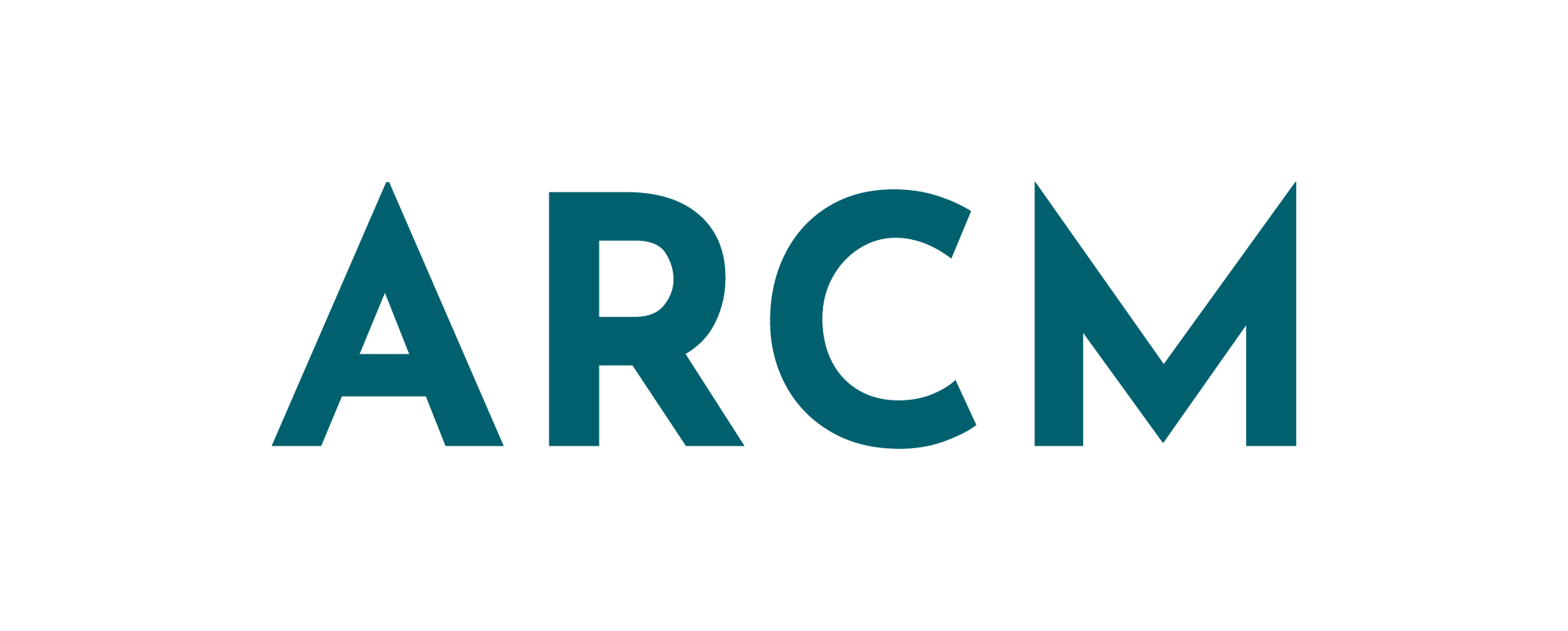If you’ve been here before, you’ll already know how I feel about wanky anchor text (“click here”, I’m looking at you). A lot of websites have a similar issue with button text and CTAs. CTA literally stands for Call To Action. So why are we leaving them so bland?
CTAs are one of the most important parts of writing your website copy. They impact conversion, usability, and the user journey. We can use them to direct people towards booking, reserving, free trials, and enquiries. We can also use them to direct people to relevant content that continues them on the journey towards conversion.
We can’t forget the importance of microcopy on our websites
So often, when I work 1:1 with other freelancers and help them edit their website copy, I see button text and CTA copy missing. For a lot of people, they are afterthoughts or something that doesn’t even occur to them. The most important part of the copy is the information, right?
Microcopy (things like CTAs, button text, and headings) are often the hardest parts of website copy to write. They require significantly more time and attention. In the world of copywriting, it’s a well understood fact that the shorter the copy is, the longer it takes to write.
Yes, the information about your services, products, process, and all that good stuff is important. But the microcopy is usually what people see first. Because of how they’re designed, your H1s, H2s, CTAs, and buttons all stand out from the page. So we need to make sure the copy also stands out for the right reasons.
3 ways to write better CTA and button copy
While these two things require a slightly different approach, there are 3 key principles we can use across each to keep momentum going and improve the conversion on your website:
- Keep it specific to the destination URL
- Speak through your audience
- Keep people in the moment
Keep it specific to the destination URL
While “learn more” and “read more” is technically active language as they focus on verbs first, it honestly gives the same vibes as “click here” or calling something interesting. It’s bland, it’s boring, and we’ve seen it so often it’s lost its meaning.
Instead, look at focusing your word choice on the page you’re directing people to. This is also a good chance to include your brand voice (which can be a real challenge in such a small space, but I promise you people will notice). For example, if you want to link to your about page, don’t just write “learn more” or even “learn more about me”.
A basic “meet the team” is better than “learn more”. But even better would be “say hi to your team”, “meet your experts”, or “all about [name”
Speak through your audience
Another great way to keep people engaged in your website is to speak through them. They are the ones clicking on the buttons, so why not write from their perspective? This can be particularly helpful for service pages and CTAs to your main conversion page.
To give you some examples from this site right here, this is the button text I use for my service pages:
- Create my website (website copy)
- Fix my SEO (topic clusters & content strategy)
- Help me do better (1:1s for freelancers)
- Help me figure it out (for a mishmash of services)
It makes the experience more personal. So often, we focus on things like what they’re going to be looking at and not what our audience actually needs. Their needs are driving the traffic to and through the website, so we need to write accordingly.
Keep people in the moment
One of the quickest ways to kill momentum through your website is to write something detached and boring. Keeping people in the moment means prompting them to take the next step in their conversion journey. This one is particularly applicable for CTAs, although it can also be factored into button copy.
This can look like “let’s get started”, “sign me up”, or “I’m ready to fix my website” as a few examples. These little copy snippets don’t detach the reader from the process they’ve started. They keep people in the moment and on a subconscious level can increase excitement and engagement with the products and services you’re selling.
While we’re on this topic, can we please stop having “submit” as the text on our forms? It’s so dull. All of these little bits of microcopy are a great way to stand out.
Every single bit of copy on your website is part of your brand. This includes button text, headings, error messages, your 404 page. So make an effort, keep the brand consistent, and show up for the little details. It sends a clear message that you have your shit together and, especially when you’re a service-provider, that you’re good to work with.
More stuff to help you with UX and conversion

